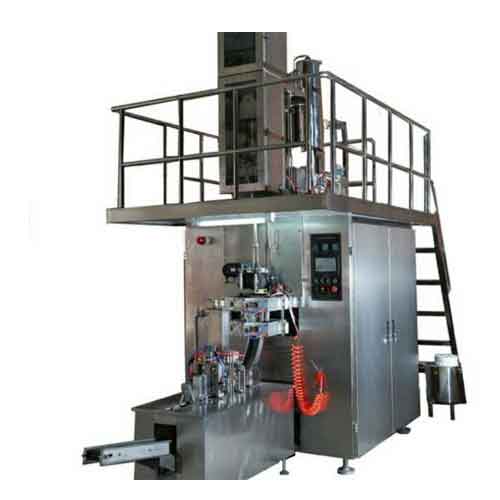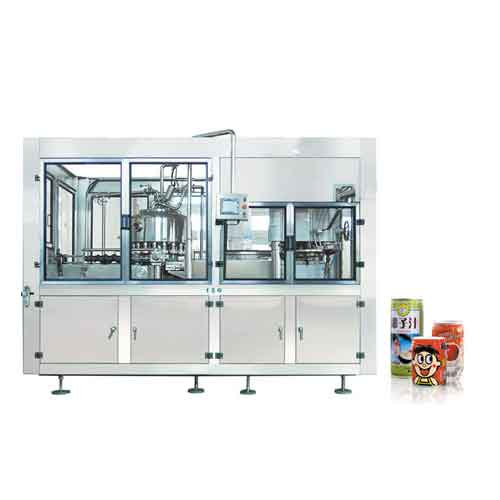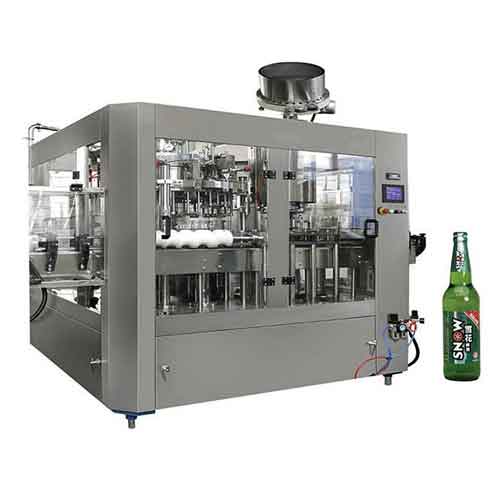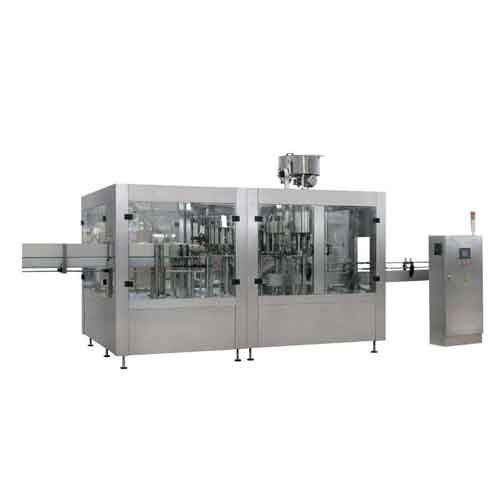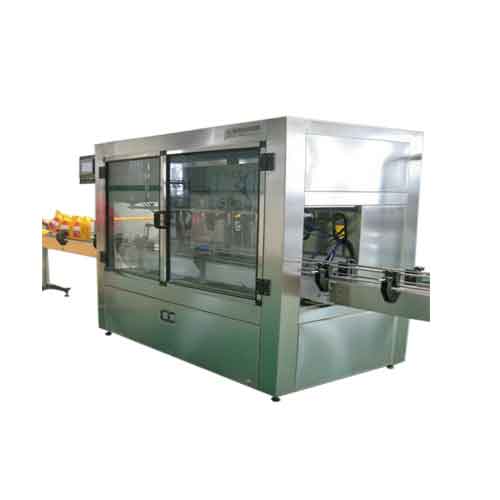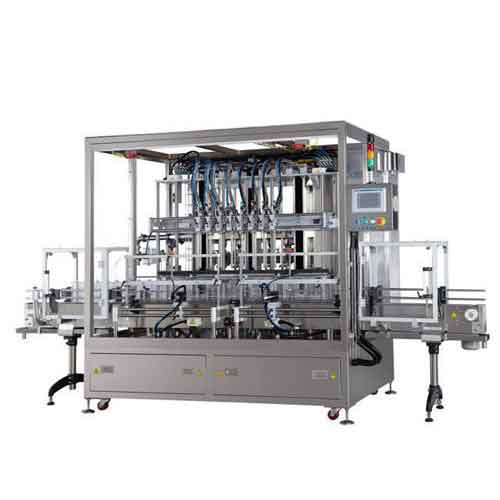Running a powder filling line for infant formula, nutritional supplements, or dairy ingredients is demanding. When your machine hiccups, it hits your bottom line hard. Downtime means lost production, wasted product, and frustrated customers waiting for their orders. You need solutions that get you back up and running, fast. The pressure to keep that line moving smoothly is constant.
The most frequent powder filling machine headaches include inaccurate fills causing giveaway or underfills, leakages, poor material flow, mechanical failure, nozzle cloggingand frustrating control system glitches. The good news? Many have straightforward fixes involving calibration checks, component replacement (like worn seals), process adjustments, or software updates.
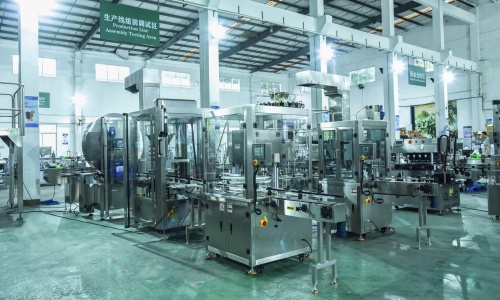
Let me walk you through these common issues and proven solutions to keep your operation efficient and compliant. Understanding these fixes empowers your team to minimize costly disruptions.
Nothing frustrates customers more than purchasing milk powder packages that contain noticeably different amounts of product. When your filling machine starts delivering inconsistent weights, it not only damages your brand reputation but can also lead to regulatory compliance issues and costly product recalls.
Problem Description: The amount or weight of powder filled into the container deviates from the target value and fluctuates greatly. This may result in product non-compliance, material waste, or customer complaints.
Potential Causes: Poor powder flowability (sticky, bridging, ratholing), unstable material level in the hopper, improper filling speed setting, wear or calibration issues with the metering device (such as screw rods), environmental factors (humidity, temperature) affecting powder density, and seal component leakage.
Solutions:
Powder leakage is more than just a messy nuisance - it represents lost product, contamination risks, and potential equipment damage. I've visited facilities where operators were constantly cleaning up spilled milk powder, unaware that this wastage was cutting into their profit margins by 3-5% daily. The constant cleaning also reduced overall production efficiency and created unnecessary safety hazards.
Problem Description: The sealing of the container is not tight, resulting in product leakage, moisture absorption or contamination, which affects the shelf life and integrity of the product.
Potential Causes: Powder (especially fine dust) accumulates in the sealing area, causing powder to be trapped during sealing; the sealing device (such as sealing clips, heat seals) is worn out or damaged; the container is not properly aligned with the sealing station during transportation.
Solution:
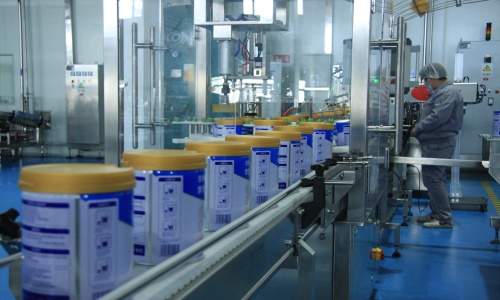
You see it happening. The milk powder is clumping in the hopper. Or maybe it's bridging over the outlet. Perhaps it's just not feeding into the filling head with a steady, reliable rhythm. This poor flowability is a major frustration.
Problem Description: The powder flows poorly in the hopper or conveying pipeline, resulting in arching (bridging) or rat-holing, causing insufficient or unstable supply to the metering device.
Potential Causes: High powder viscosity, uneven particle size distribution, unreasonable design of the hopper (insufficiently steep cone angle), and excessive moisture content of the material.
Solution:
Mechanical failures can occur without warning, leaving your production team scrambling to meet orders. At a large milk powder packaging facility I consulted for, unexpected breakdowns were costing them nearly $20,000 per hour in lost production. The maintenance team was constantly in reactive mode, never getting ahead of the problems that kept recurring.
Problem Description: The moving parts of the machine (such as screws, bearings, gears, pistons, seals) wear out due to long-term operation, resulting in decreased accuracy, increased noise, and even machine shutdown.
Potential Causes: Normal wear and tear, lack of lubrication, improper cleaning, and unsuitable material for the type of powder handled by the components.
Solution:
Clogging in filling machines can bring your entire production line to a standstill. I recently worked with a dairy company that was losing up to four hours of production time daily due to clogged filling nozzles and powder bridges forming in their hoppers. This not only affected their output but also created quality issues.
Problem Description: The filling nozzle is clogged or agglomerated with powder, resulting in interruption of filling, unstable flow, or dripping.
Potential Causes: Powder agglomeration, foreign objects entering, nozzle design not suitable for powder properties, incomplete cleaning.
Solution:
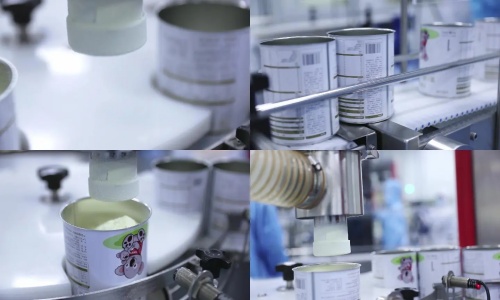
The machine's HMI freezes, displays garbled text, or loses communication with parts of the system. Settings don't save, or sequences fail unpredictably. These "ghost in the machine" problems are incredibly frustrating to diagnose and cripple operator confidence and efficiency. Modern controls shouldn't be this unreliable.
Problem description: Electrical components, sensors, controllers (PLC) or human-machine interface (HMI) of the machine malfunction, resulting in the machine being unable to start, operating abnormally or control failure.
Potential causes: Unstable power supply, loose wiring, component aging, software errors, environmental interference (such as electromagnetic interference, humidity).
Solution:
Keep Your Powder Line Running Smoothly
By understanding how to handle these common problems with the milk powder filling machine, you can minimize downtime and ensure smooth production operation. Consistent operator training on basic troubleshooting makes a huge difference. Proactive maintenance is always cheaper than emergency downtime. Staying ahead of these problems protects your productivity and your profit.
When your powder filling machine acts up, knowing where to look saves valuable time and money. Bookmark this guide for your maintenance team. For complex issues, our global service engineers are ready to support your operation 24/7. Let's keep your line running at peak performance.
Union Machinery has been engaged in food machinery customization services since its establishment in 2014, according to customer needs for you to tailor suitable machinery and equipment, for more product information, please refer to: Milk Powder Filling Production Line;Our expertise and advantages will bring you more opportunities and development space.
For personalized, industry-tailored advice and to explore state-of-the-art solutions, please don't hesitate to contact us at info@unmachinery.com
The following is other knowledge related to milk powder packaging line that I have summarized based on long-term work experience, for your reference. I hope it will be helpful to you.
1.How to Build an Efficient Canned Milk Powder Packaging Line?
2.How to Select the Right Infant Formula Packaging Equipment for Global Markets?
The most frequent powder filling machine headaches include inaccurate fills causing giveaway or underfills, leakages, poor material flow, mechanical failure, nozzle cloggingand frustrating control system glitches. The good news? Many have straightforward fixes involving calibration checks, component replacement (like worn seals), process adjustments, or software updates.

Let me walk you through these common issues and proven solutions to keep your operation efficient and compliant. Understanding these fixes empowers your team to minimize costly disruptions.
1. Why Is My Milk Powder Filling Machine Delivering Inconsistent Fill Weights?
Nothing frustrates customers more than purchasing milk powder packages that contain noticeably different amounts of product. When your filling machine starts delivering inconsistent weights, it not only damages your brand reputation but can also lead to regulatory compliance issues and costly product recalls.
Problem Description: The amount or weight of powder filled into the container deviates from the target value and fluctuates greatly. This may result in product non-compliance, material waste, or customer complaints.
Potential Causes: Poor powder flowability (sticky, bridging, ratholing), unstable material level in the hopper, improper filling speed setting, wear or calibration issues with the metering device (such as screw rods), environmental factors (humidity, temperature) affecting powder density, and seal component leakage.
Solutions:
- Optimize the powder formula or add flow aids to improve flowability.
- Improve the design of the hopper (such as a steeper cone angle) or use auxiliary devices (such as mixers, vibrators) to ensure smooth flow of materials into the metering device.
- Optimize the material feeding control of the hopper to maintain a stable material level.
- Check and calibrate the metering device, and replace worn components as necessary.
- For high-value or density-unstable powders, prioritize the use of weight-based filling machines and integrate a weighing feedback system for real-time adjustment.
- Check and stabilize the pneumatic system pressure (if applicable).
- Select machines that can adapt to environmental fluctuations in design.
2. How Can I Prevent Powder Leakage in My Filling Equipment?
Powder leakage is more than just a messy nuisance - it represents lost product, contamination risks, and potential equipment damage. I've visited facilities where operators were constantly cleaning up spilled milk powder, unaware that this wastage was cutting into their profit margins by 3-5% daily. The constant cleaning also reduced overall production efficiency and created unnecessary safety hazards.
Problem Description: The sealing of the container is not tight, resulting in product leakage, moisture absorption or contamination, which affects the shelf life and integrity of the product.
Potential Causes: Powder (especially fine dust) accumulates in the sealing area, causing powder to be trapped during sealing; the sealing device (such as sealing clips, heat seals) is worn out or damaged; the container is not properly aligned with the sealing station during transportation.
Solution:
- Install an effective dust collection system in the filling area to reduce dust flying and accumulation.
- Optimize the filling process to ensure that dust has sufficient time to settle before sealing.
- Regularly inspect the sealing devices and replace worn-out or damaged components in time.
- Ensure that the container transportation system is precise and stable, ensuring that the container is correctly aligned at the sealing station.
- For cans, ensure that the edge rolling process of the sealing machine (seamer) complies with standards, forming a double-edge sealing with good airtightness.

3. What Should Be Done if The Material Flow Is Not Smooth?
You see it happening. The milk powder is clumping in the hopper. Or maybe it's bridging over the outlet. Perhaps it's just not feeding into the filling head with a steady, reliable rhythm. This poor flowability is a major frustration.
Problem Description: The powder flows poorly in the hopper or conveying pipeline, resulting in arching (bridging) or rat-holing, causing insufficient or unstable supply to the metering device.
Potential Causes: High powder viscosity, uneven particle size distribution, unreasonable design of the hopper (insufficiently steep cone angle), and excessive moisture content of the material.
Solution:
- Evaluate and improve the flow properties of the powder (such as through formulation adjustments and humidity control).
- Re-design or retrofit the hopper to have a steeper and smoother inner wall.
- Install hopper agitators or external vibrators to assist in material flow.
- Ensure humidity control in the production environment.
4. How to Deal With Mechanical Failures of The Filling Equipment?
Mechanical failures can occur without warning, leaving your production team scrambling to meet orders. At a large milk powder packaging facility I consulted for, unexpected breakdowns were costing them nearly $20,000 per hour in lost production. The maintenance team was constantly in reactive mode, never getting ahead of the problems that kept recurring.
Problem Description: The moving parts of the machine (such as screws, bearings, gears, pistons, seals) wear out due to long-term operation, resulting in decreased accuracy, increased noise, and even machine shutdown.
Potential Causes: Normal wear and tear, lack of lubrication, improper cleaning, and unsuitable material for the type of powder handled by the components.
Solution:
- Implement a strict preventive maintenance plan, including regular inspections, cleaning, and lubrication of key components.
- According to the manufacturer's recommendations, replace the components before they reach their service life.
- Ensure that the components are made of wear-resistant and corrosion-resistant materials suitable for handling powders.
- Provide adequate training for operators and maintenance personnel.
5. What Causes Clogging in Milk Powder Filling Machines?
Clogging in filling machines can bring your entire production line to a standstill. I recently worked with a dairy company that was losing up to four hours of production time daily due to clogged filling nozzles and powder bridges forming in their hoppers. This not only affected their output but also created quality issues.
Problem Description: The filling nozzle is clogged or agglomerated with powder, resulting in interruption of filling, unstable flow, or dripping.
Potential Causes: Powder agglomeration, foreign objects entering, nozzle design not suitable for powder properties, incomplete cleaning.
Solution:
- Regularly clean the nozzle thoroughly to prevent accumulation.
- Check and remove foreign objects from the material.
- Select or customize a suitable nozzle design based on powder properties.
- For powders prone to agglomeration, consider adding auxiliary flow or cleaning mechanisms in the nozzle area.

6. What Should Be Done if There Is A Failure in The Electronic and Control Systems?
The machine's HMI freezes, displays garbled text, or loses communication with parts of the system. Settings don't save, or sequences fail unpredictably. These "ghost in the machine" problems are incredibly frustrating to diagnose and cripple operator confidence and efficiency. Modern controls shouldn't be this unreliable.
Problem description: Electrical components, sensors, controllers (PLC) or human-machine interface (HMI) of the machine malfunction, resulting in the machine being unable to start, operating abnormally or control failure.
Potential causes: Unstable power supply, loose wiring, component aging, software errors, environmental interference (such as electromagnetic interference, humidity).
Solution:
- Ensure stable power supply and correct grounding.
- Regularly inspect electrical connections.
- Timely update and maintain the machine control software.
- Provide operators with training on control panel usage and basic fault diagnosis.
- When necessary, have professional technicians diagnose and repair the control system.
Keep Your Powder Line Running Smoothly
By understanding how to handle these common problems with the milk powder filling machine, you can minimize downtime and ensure smooth production operation. Consistent operator training on basic troubleshooting makes a huge difference. Proactive maintenance is always cheaper than emergency downtime. Staying ahead of these problems protects your productivity and your profit.
When your powder filling machine acts up, knowing where to look saves valuable time and money. Bookmark this guide for your maintenance team. For complex issues, our global service engineers are ready to support your operation 24/7. Let's keep your line running at peak performance.
Union Machinery has been engaged in food machinery customization services since its establishment in 2014, according to customer needs for you to tailor suitable machinery and equipment, for more product information, please refer to: Milk Powder Filling Production Line;Our expertise and advantages will bring you more opportunities and development space.
For personalized, industry-tailored advice and to explore state-of-the-art solutions, please don't hesitate to contact us at info@unmachinery.com
The following is other knowledge related to milk powder packaging line that I have summarized based on long-term work experience, for your reference. I hope it will be helpful to you.
1.How to Build an Efficient Canned Milk Powder Packaging Line?
2.How to Select the Right Infant Formula Packaging Equipment for Global Markets?

